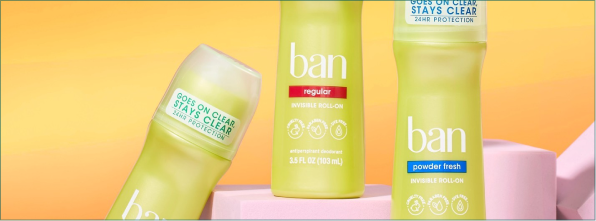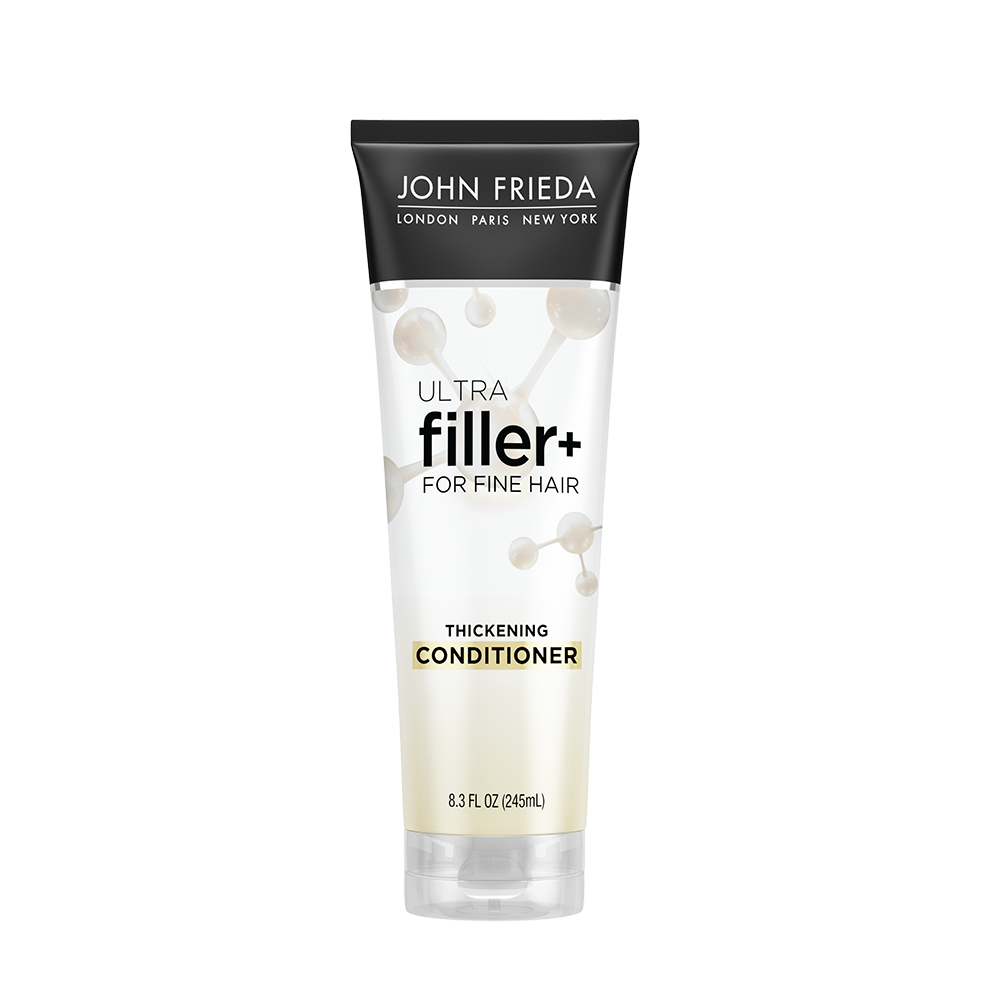HOW TO REPAIR DAMAGED HAIR: THE BEST TIPS & TRICKS

Whether you are a salon frequenter or a flat iron collector, many of us have experienced hair damage at some point in our lives. Damaged hair can pop up in various ways, from split ends and excessive tangling to hair loss and dryness. Although there is no how-to for repairing damaged hair fast, there are many things you can do to prevent further hair damage and learn what not to do in the future.
In this article, you will find key ways to identify damaged hair as well as tips for repairing your tresses.
How to Spot Damaged Hair
To identify if you may need damaged hair repair, here is an extensive list of signs:
- Split ends
- Breakage
- Dryness
- Dull appearance
- Frizziness
- Difficulty detangling
- Thinning
- Hair loss
- Weakened curl structure
- Low elasticity
Causes of Damaged Hair
- Hair dye or bleach. Coloring your hair can be a great way to refresh your look, but know the risks before booking your appointment. The harsh chemicals in these dyes remove your hair’s moisture, leaving your hair more porous, vulnerable, and prone to breakage. The further you get from your natural color, the more damage your hair endures. This especially includes bleaching, which strips your hair of its natural color. If you want to dye your hair, please consider seeing a professional, because they possess the knowledge to get your desired color safely.
- Heat. Curling wands may give you beautiful beach waves but can also give you damaged hair. Like dye, heat removes crucial moisture from your hair, leaving it dry and brittle. If you must use heat, please do so sparingly, use a heat protectant, and never apply heat on wet hair because it is especially vulnerable fresh out of water.
- Lack of haircuts. We understand how quickly life can get away from you, and before you know it, your look has gone a little too Rapunzel. You may be surprised to learn that simply letting your hair go isn’t doing it any favors, either. Neglecting trims or haircuts can encourage split ends, which tend to travel up the hair shaft.
- Lack of moisture and hydration. When your hair is dry, the external layer of the hair strand begins to break down, becoming susceptible to further damage and breakage. So avoid things that can strip your hair’s moisture, don’t skip the conditioner. and thoroughly rinse your hair after exposure to saltwater or chlorine.
- Roughly handling hair. That’s right, we’re all probably too rough with our hair. From tight ponytails to fuzzy, static-inducing hoodies. It’s delicate and it’s important to treat it gently. Over brushing and wearing tight hairstyles are common causes of hair damage. Rubbing your hair with a towel is also abrasive and should be avoided. Instead, try wrapping your hair with a microfiber towel or a soft, old t-shirt instead.
How to Repair Damaged Hair
The unfortunate reality is that it takes time and patience to heal damaged hair. But, take it from us: thoroughly tending to your tresses will be worth it because who does not love gleaming, healthy hair?
The unfortunate reality is that it takes time and patience to help repair damaged hair. But, take it from us: thoroughly tending to your tresses will be worth it because who does not love gleaming, healthy hair?
- Cut your losses. Getting a haircut when you’re not ready to say goodbye can be a hard step to take, but it is the most effective, efficient way to remove damaged hair and start fresh. A good chop, paired with frequent trimmings, will promote healthy future growth and make for the best care scenario long-term.
- Moisturize. Revitalize that shine and moisturize! This helps your hair cuticle from potential damage. So ditch the “it’ll make my hair greasy” myth and embrace conditioner, deep conditioner, and hair oil. You can even pamper yourself with a hot oil treatment!
- Avoid overwashing. You do not need to shampoo your hair daily. It dries out your hair. Experiment with the routine that works best for you, but consider washing every other day or two to three times a week. Those with curly hair should also consider co-washing – using only conditioner – in between shampoo and conditioner washes.
- Steer clear of heat. This is another hard one to let go of, but one of the most important. Heat damages your hair, so trade out the iron for sleeping in loose braids, or if you must use heat, use a low setting and a heat protectant spray.
- Loose hairstyles for the win. Avoid tight hairstyles and instead try out a loose bun, braid, or pigtails. Also, make sure you use quality hair bands that won’t pull or pinch your hair.
- Forgo chemical processing. Hair coloring, bleaching, and perms keep things fresh but also damage your hair. Embrace your natural hair while it recovers. If you must, please consider a professional to minimize further hair damage to your dyed or bleached hair.
- Protect hair from the sun. Enter the stylish protection. Floppy sun hats, bucket hats…all the hats! Sun-damaged hair can be easily prevented with hair sunscreen and stylish accessories.
- Avoid swimming. We don’t mean to let down our fellow mermaids out there, but chlorine and salt water strip your hair of moisture, and therefore damage your hair. Consider wearing a swim cap and wash hair before and after swimming for optimal protection.
- Try bond-building treatments. Your hair is made up of chemical bonds too small for the naked eye to see. These products work by rebuilding those broken protein bonds, which may be especially helpful to those with colored or damaged hair.
- Healthy diet. Ok, ok, we know, easier said than done. But we’d be doing you a disservice if we didn’t remind you that nutritious food will lead to happy tresses and, even more importantly, happy well-being.
Key Takeaways
- If your hair seems unruly with untamable frizz, split ends, and tangles, you’re probably dealing with hair damage. This rings true if you're battling against unexplained hair loss, thinning, or breakage.
- Hair damage is caused by over-processing, heat, lack of haircuts and moisture, and roughly handling your hair.
- Damaged hair repair is all about eliminating the damage with a chop and infusing your hair with moisture. This means avoiding things that can dry out your hair, such as swimming, sun, heat, chemical processing, and overwashing.
Dealing with damaged hair can be a big letdown, but don’t be too hard on yourself; it happens to everyone! The road back to healthy, shiny hair requires time and patience but pays off in the form of shiny, healthy hair.



















